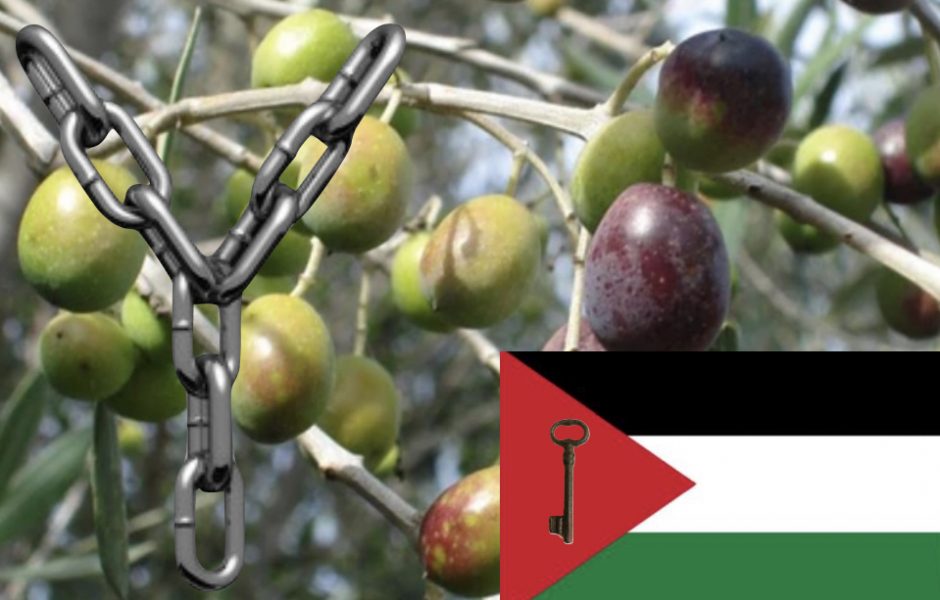Phalapoem editor, 22/11/25

In the 21st century—an age that celebrates progress, law, and human dignity—it should be impossible for an occupying power to imprison an entire population of six million people behind walls, checkpoints, and fascist policies designed to break the human spirit. And yet this is the reality in Palestine.
A reality that the world witnesses every day.
A reality that continues because those with the power to stop it choose complicity and silence.
This is not a conflict of equals.
This is not “security.”
This is systemized punishment, a machinery of apartheid, crushing a whole population for the acts of a few.
The Zionist occupying power has built its doctrine on a single word: security.
But security has become a shield for brutality.
The record is unmistakable:
• Entire cities cut off from food, water, and medicine.
• Families buried under rubble, children killed in deliberately targeted airstrikes that were “not mistakes.”
• Ambulances blocked, medics shot at, the wounded left to bleed out.
• Hospitals raided, gutted, demolished.
• Homes bulldozed in the middle of the night.
• A population starved, displaced, and suffocated under military rule.
And the most chilling reality:
Dossiers and testimonies from inside the regime confirm that soldiers received orders to kill indiscriminately, destroy everything, and treat civilians as expendable.
This is not misjudgment.
This is a fascist policy of domination, a deliberate system of cruelty.
Why does an apartheid regime still operate openly in 2025?
Because powerful Western governments protect it.
Because weapons and funding continue to flow.
Because diplomatic cover is guaranteed, no matter how many civilians are killed.
Because “international law” becomes a slogan rather than a standard.
When the ICJ orders protection of civilians and the occupying regime simply ignores the ruling—with no consequences—the message is clear:
The powerful may break the law.
The powerless may be broken by it.
What happens to an occupied nation when it loses hope?
Hope is the final defense of the human soul. It is the belief that tomorrow might be kinder than today.
When hope collapses:
• Trauma becomes inheritance.
• Despair becomes daily bread.
• Young people grow up believing the world has abandoned them.
• A people suffocated for generations may eventually conclude that justice is a myth.
This is not only a political crisis.
It is a humanitarian, psychological, and moral disaster.
The civilians within the occupying state face a choice that defines their history:
• They can refuse to be silent.
• They can challenge the apartheid structures carried out in their name.
• They can reject Zionist propaganda that paints domination as necessity.
• They can demand an end to a system that guarantees perpetual bloodshed.
They cannot claim innocence if they choose silence.
Silence is participation.
Silence is surrendering one’s moral agency.
What does it mean when a state violates ICJ rulings, ignores UN resolutions, and continues demolitions, killings, and settlement expansion?
It means the international system is failing.
It means human rights are conditional.
It means justice depends on geopolitics, not principles.
It means the occupied are treated like a laboratory:
their lives tested, measured, and managed, while their land is taken piece by piece.
If the world allows this, it destroys its own credibility.
Hope is not enough.
Hope alone cannot break walls, open borders, or resurrect the dead.
Hope must be accompanied by:
• Sanctions and real consequences for the occupying regime.
• A complete end to the occupation, not cosmetic reforms.
• Equal rights for every person, no exceptions, no excuses.
• Justice for every war crime, no matter who committed it.
• A global refusal to accept apartheid as “security.”
Hope is the seed.
Action is the harvest.
Future generations will ask why the world allowed a modern apartheid to flourish.
Why powerful nations supported a regime that starved, bombed, displaced, and humiliated millions.
Why hospitals became battlegrounds.
Why children’s bodies became bargaining chips.
Why international law was written only for the weak.
They will ask:
How could humanity fail so completely, so publicly, so unforgivably?
The answer cannot be that we lacked information.
The answer cannot be that we were afraid to speak.
The answer cannot be that we chose comfort over conscience.
Because history will not be kind.
And the victims will not be forgotten.

















































